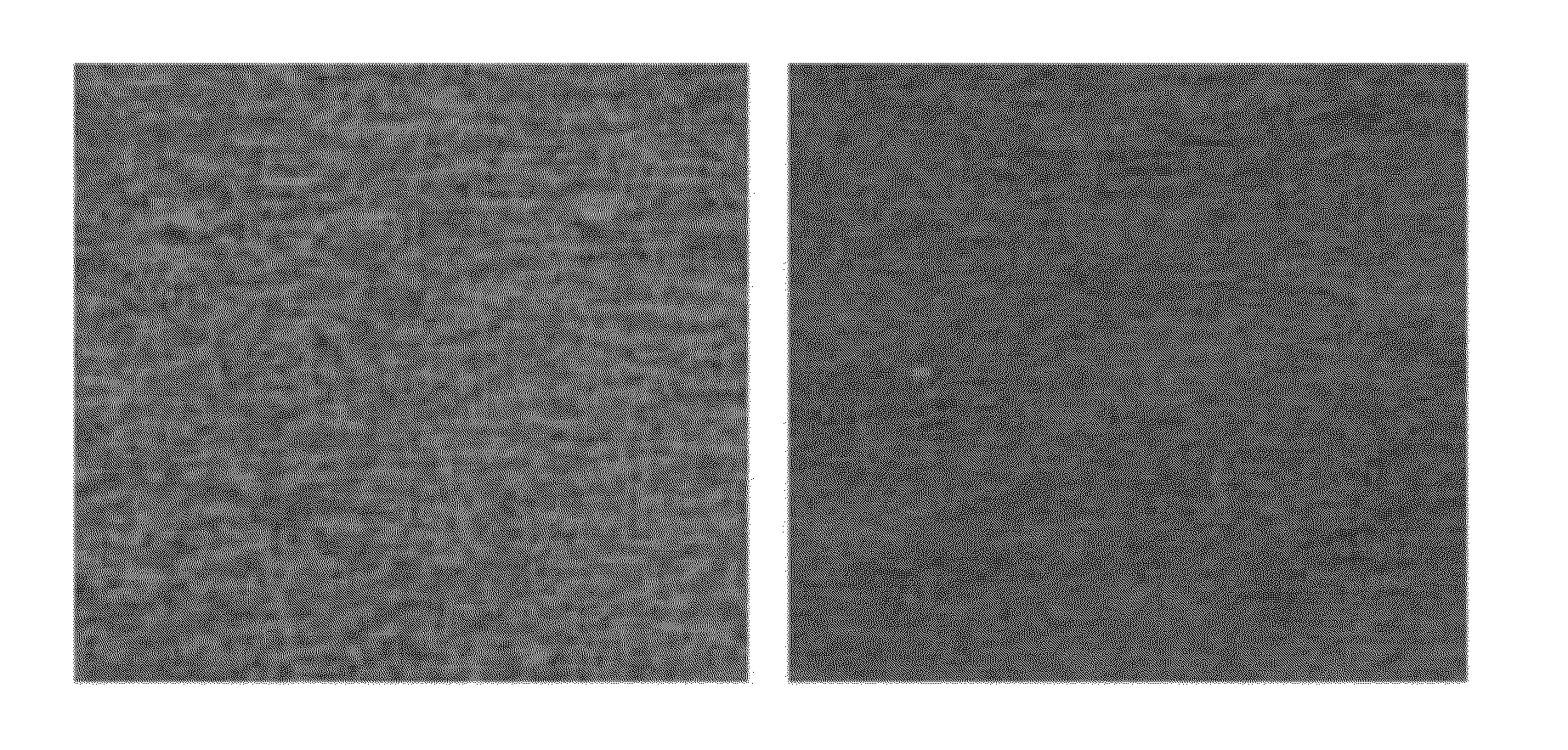Printing process and printing auxiliary agent used therein
a technology of auxiliary agents and printing processes, applied in the printing industry, can solve the problems of affecting printing precision, affecting the quality of printing, and hindering further progress, and achieve the effect of improving the transfer of printing ink and the printability of substrates
- Summary
- Abstract
- Description
- Claims
- Application Information
AI Technical Summary
Benefits of technology
Problems solved by technology
Method used
Image
Examples
embodiment 1
Printing Auxiliary Agent Preparation
[0054]Prepare printing auxiliary agent according to the following composition by weight percent.
[0055]Method of preparation: have all ingredients uniformly mixed according to the proportion.
123456789101112Water (%)403030100352030Methanol (%)1025302530Ethanol (%)1035301002020Propanol (%)1030Isopropanol (%)50Ethanediol (%)3030Propanediol (%)105Dipropylene10Glycol (%)Dipropylene5GlycolMonomethylEther (%)Methylbenzene30Butanone2050Cyclohexanone25Ethyl Acetate5050Butyl Acetate64Resin (%)482818Oleoresin (%)11Antifoaming0.50.50.5Agent (%)Rheological0.50.50.5Agent (%)Cosolvent (%)0.50.50.5Active Agent (%)0.50.50.5
embodiment 2
[0056]Print by a gravure printing press with a substrate of kraft paper, a printing ink of WA-20, and a printing speed of 60 m / min. The printing process adopted is as follow:
[0057]1. Uncoiling.
[0058]2. Coating and printing the printing auxiliary agent:
[0059]3. Take use of the original first printing station of the printing press to print the printing auxiliary agent of composition 1 in embodiment 1 on the substrate at an amount of 5.3 g / m2, and then no heated drying is arranged before turning to step 3.
[0060]4. First color (or background color) printing:[0061]Transfer the printing ink from the color disc to the substrate by printing plate.
[0062]5. Performing subsequent process according to conventional process
[0063]6. Printing process for comparison: all steps except step 2 are the same as that of the printing process mentioned above.
[0064]7. The printing results are as shown in FIG. 1. The coloring rate for the printed material that is not applied with the printing auxiliary agent ...
embodiment 3
[0065]Print by a gravure printing press with a substrate of art paper, a water-based printing ink of mat WA plus 2% blue, and a printing speed of 80 m / min The printing process and that for comparison are the same as that of embodiment 2 except for the use of the printing auxiliary agent of composition 3 in embodiment 1 at an amount of 2.5 g / m2.
[0066]The printing results are as shown in FIG. 2. The coloring rate for the printed material that is not applied with the printing auxiliary agent is only 76% by taking the coloring rate for the printed material that is coated with the printing auxiliary agent as 100% (please refer to the picture for comparison, wherein the tinting strength is tested by X-Rite SP-62 spectrophotometer). As it turns out, the use of printing auxiliary agent can improve the problems of surface white points and missing printing for substrates with rough surface after printing.
PUM
| Property | Measurement | Unit |
|---|---|---|
| printing speed | aaaaa | aaaaa |
| printing speed | aaaaa | aaaaa |
| printing speed | aaaaa | aaaaa |
Abstract
Description
Claims
Application Information
 Login to View More
Login to View More - R&D
- Intellectual Property
- Life Sciences
- Materials
- Tech Scout
- Unparalleled Data Quality
- Higher Quality Content
- 60% Fewer Hallucinations
Browse by: Latest US Patents, China's latest patents, Technical Efficacy Thesaurus, Application Domain, Technology Topic, Popular Technical Reports.
© 2025 PatSnap. All rights reserved.Legal|Privacy policy|Modern Slavery Act Transparency Statement|Sitemap|About US| Contact US: help@patsnap.com



